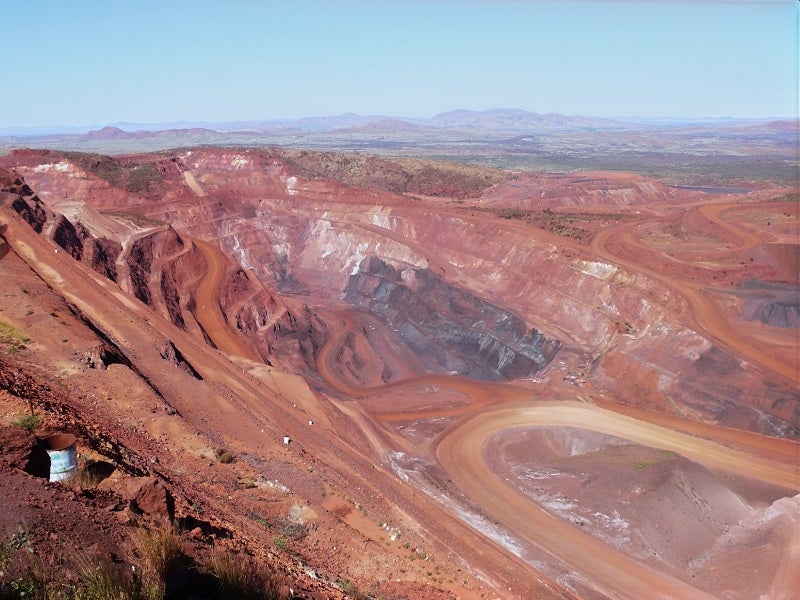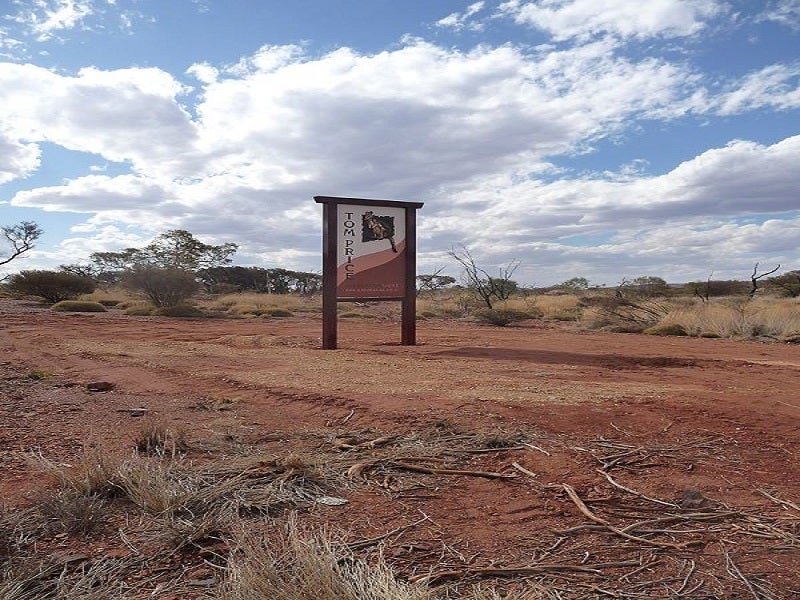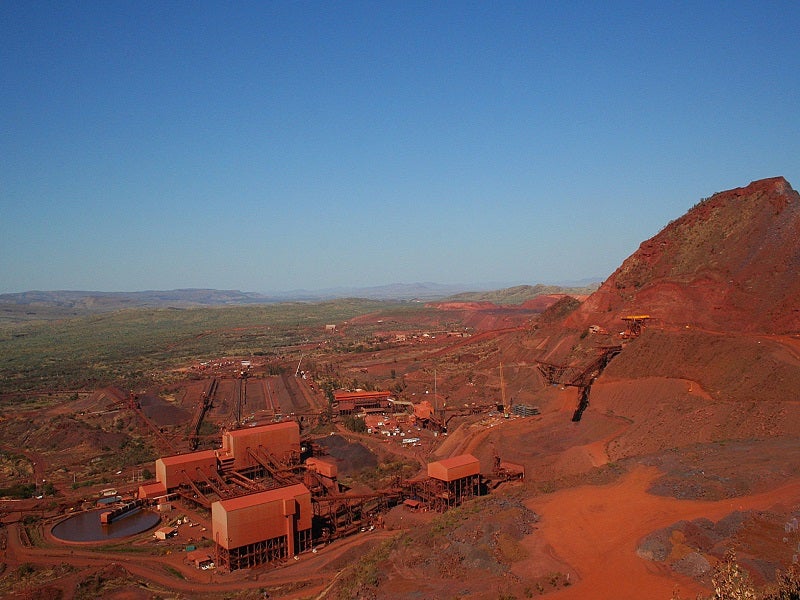The Western Turner Syncline Stage 2 (WTS2) is an expansion of the Western Turner Syncline Stage 1 (WTS1) mine located in the central Pilbara region of Western Australia.
The project is part of the Greater Tom Price operation, which currently hosts the Tom Price mine and WTS1. WTS2 will be integrated into the Greater Tom Price mining operations, upon completion of construction.
The project is being developed by Hamersley Iron, a part of the Rio Tinto group of companies. Rio Tinto has put forth a capital investment of approximately £570m ($749m) for the development of the project.
The WTS2 project is expected to have an annual production rate of 32Mtpa with a life of mine (LOM) of up to 15 years. The project will not necessarily increase but rather sustain the iron ore production at the Greater Tom Price operation.
The project was approved for construction by the state government in December 2019. Construction activities are expected to start in 2020 and completed by 2021.
Western Turner Syncline Stage 2 project location, geology and mineralisation
The WTS2 project is located 30km west of the Rio Tinto-owned Tom Price mine in the central Pilbara region of Western Australia. It includes the development of the B1 and S17 deposits spread over an area of 8,430ha.
The Brockman Iron Formation, which is part of the Hamersley Group dominates the B1 and S17 deposits, which are of the Banded Iron Formation (BIF) that is dominant in the Pilbara region. The BIF is underlain by the Mount McRae Shale Formation (MCS).
Iron mineralisation at both the deposits occurs as predominantly bedded deposits within the Dales Gorge and Joffre Members. The Whaleback Shale Member also hosts mineralised nodes to a lesser extent. Minor deposits of secondary surficial ironstone occur within the BIF.
Mining at Western Turner Syncline Stage 2
The WTS2 expansion will employ open pit mining operations using standard drill and blast, truck and shovel.
The B1 deposit will feature one main pit and four smaller satellite pits. The main pit at B1 requires dewatering as approximately 62% of the B1 resource is below the water table. Once dewatered, mining operations will commence at a maximum depth of approximately 185m below the water table.
Dewatering of the pit will be done with the help of in-pit bores that will extract water at approximately 13ML/day. The other four satellite pits lie above the water table.
The S17 deposit will have eight pits, of which two are under the water table and will require minor dewatering. The resource below the water table at S17 is approximately 3%. Mining operations will be carried out at 10m below the water table once dewatering is completed on the two pits. The remaining five pits are above the water table.
Transport and processing of ore
Mined ore from B1 and S17 will be transported by truck to a ROM pad near B1. The ore will be initially transported via rail to S10 deposit of WTS1 for crushing. Once a conveyor system and primary crusher at B1 are completed, ore will be crushed at B1 and conveyed to S10. High grade and low grade ore will be stockpiled in the vicinity of the S17 deposit.
The WTS2 project will not have an ore processing unit. The mined ore will be conveyed to Tom Price mine for processing.
Mining infrastructure
The infrastructure corridor to link B1 to S10 will be approximately 12km long, which includes the conveyor system that will link to the existing one at S10.
A new heavy vehicle access road will be constructed to transport ore to S10 and for transporting heavy equipment. At the end of the heavy vehicle access road at S10, an ore transfer pad will be constructed to move ore to the next conveyor system that goes to the Tom Price central processing plant. Light vehicle access tracks will be constructed separately.
Rio Tinto has an existing power supply network in the area that will serve as the source of power for operations. The expansion will be linked to the S10 power distribution system through the installation of 33kV power cables along the infrastructure corridor. Emergency backup power will be provided by three diesel generators that will be installed at B1.
The workforce will be based primarily at Tom Price town and commute to the mining site. An all-weather access road to B1 is also being considered.
Contractors involved
Rio Tinto awarded the engineering, procurement and construction (EPC) contract to Mondium, a civil engineering company, in January 2020. Mondium will also carry out development works including the process plant, overland conveyor and non-process infrastructure.
Mondium awarded a $55m contract to Kerman Contracting for the design and construction non-process facilities and an explosives compound.
Ozland is providing explosives delivery service, maintenance services and technical expertise.





